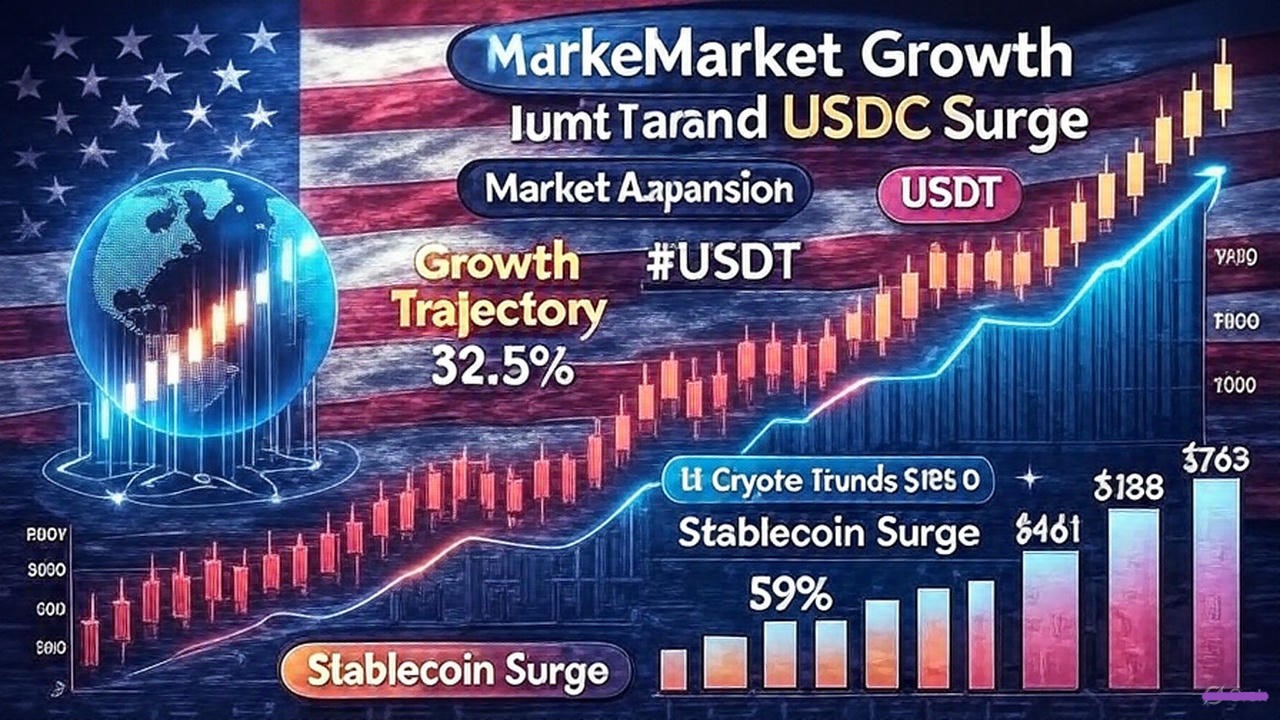The United States stablecoin market has experienced substantial expansion during President Donald Trump’s administration, driven by supportive regulatory policies and growing institutional adoption. Market data reveals significant growth for both major stablecoins, with USDC demonstrating remarkable relative growth while USDT maintained its dominant market position in absolute terms.
Market Capitalization Breakdown
Tether’s USDT, the market leader, increased its market capitalization from approximately $138 billion to $183 billion, representing an absolute growth of $45 billion and a growth rate of 32.5%. Meanwhile, Circle’s USDC showed even stronger relative performance, expanding from around $48 billion to $76 billion – a 59% growth rate that significantly outpaced the broader stablecoin market.
Policy Environment and Market Impact
The growth occurred amid a regulatory framework that provided clearer guidelines for stablecoin issuance and operation. The Trump administration’s approach to digital assets emphasized innovation while maintaining financial stability concerns, creating an environment conducive to stablecoin expansion for both payment systems and decentralized finance applications.
Market Dynamics and Adoption Drivers
Several factors contributed to the divergent growth patterns between the two leading stablecoins:
-
USDT maintained its position as the primary liquidity vehicle across cryptocurrency exchanges
-
USDC gained traction in traditional finance integrations and regulatory-compliant applications
-
Growing DeFi ecosystem utilization benefited both stablecoins
-
Institutional adoption increased for both assets as treasury management tools
Broader Market Implications
The stablecoin expansion reflects several key trends in digital asset adoption:
-
Increasing use of dollar-denominated digital assets for global settlements
-
Growing preference for stable-value instruments in volatile market conditions
-
Enhanced regulatory clarity encouraging institutional participation
-
Expansion of use cases beyond trading into payments and remittances
The growth trajectory under the current administration suggests stablecoins are becoming increasingly integrated into both cryptocurrency ecosystems and traditional financial infrastructure, with both USDT and USDC playing complementary roles in market development.

